I have been using the Spirit Torino Twin Pulse Isobaric Open Circumaural Headphone as my reference dynamic headphone for two years now with no complaints, except one, the earpads. The mechanical framework of the Spirit Torino headphones was patterned after the Grado line of headphones for good reason, the Grados were Andrea Ricci’s favorite headphone, plus the design is simple and reliable. But the foam earpads did not rise up to the level of aesthetic for a $3,000 + headphone with a leather and snakeskin headband, so Bruce Ball introduced Spirit Torino to Dekoni.
The challenge that Dekoni faced was the fact that the voicing of the Spirit Torinos were all developed around an open foam earpad, not a closed leather earpad. So Dekoni spent months (more than a year actually) working to develop a leather earpad that would provide the sonic attributes of a foam earpad. The results were so successful that now Spirit Torino offers their headphones exclusively with the Dekoni earpad.
Back in June Spirit Torino arranged for our good friend Justin Wilson at HeadAmp, the U.S. distributor and retailer for Spirit Torino headphones, to send me a pair of the Dekoni earpads along with the necessary accessories to mount them on the Twin Pulse headphones.
Dekoni Spirit Torino Earpads:
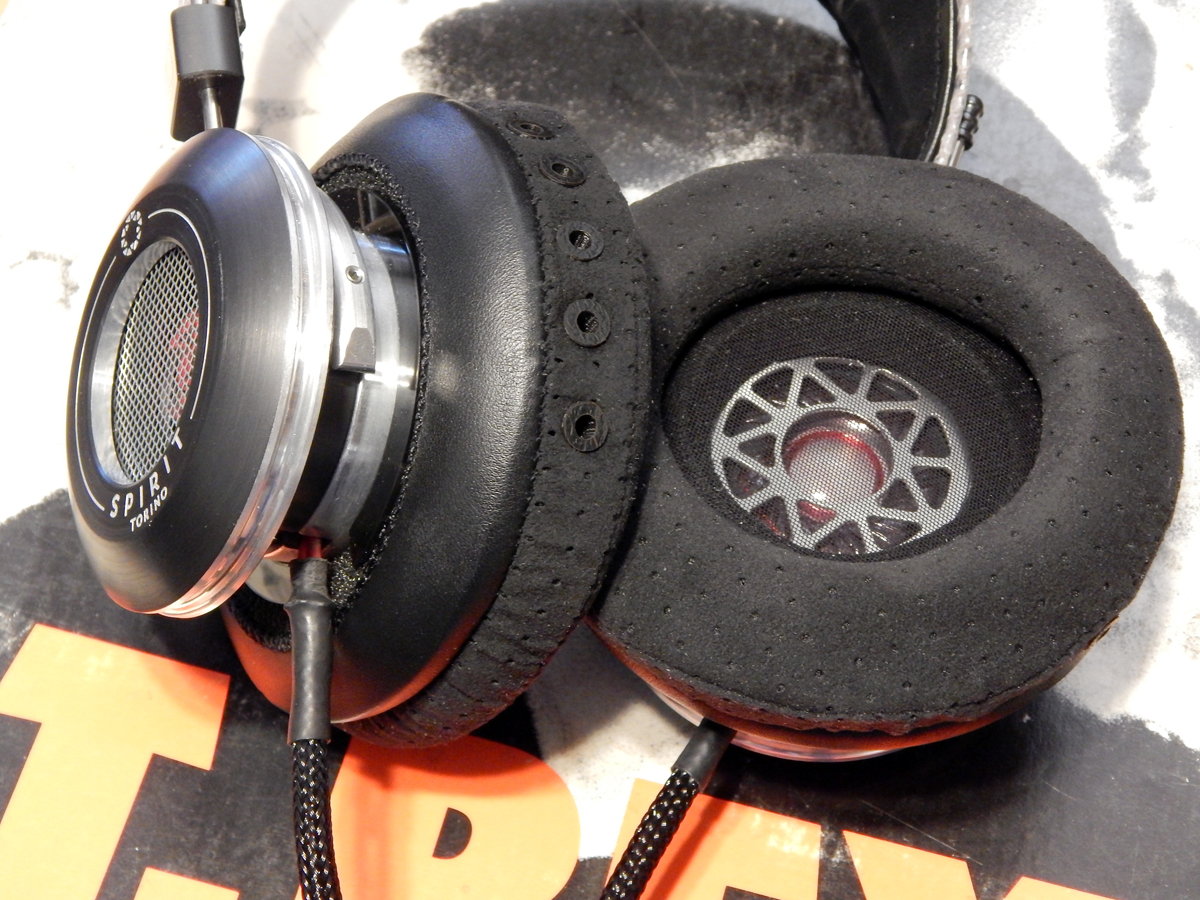
To quote Spirit Torino when describing the Dekoni earpads:
“In a headphone, the pad has a fundamental function because it delimits the chamber in which the sound takes shape to reach our ear, but it is also the element of contact with our head, so its design must take into account technical/acoustic and comfort aspects.
Spirit Pads are made with a combination of fine leather and Alcantara to offer superior breathability and comfort.
Each pad also includes a careful study of the pressure relief flow channeling to make the driver workload symmetrical in compression and decompression of the chambers.”
One interesting feature of the Dekoni pads is a series of tuneable ports on the forward side of the pad which makes possible the Spirit Torino VPS system.
Ventilation Pad System (VPS):
The VPS system is a unique approach to tuneability in headphones, allowing you adjust the tonal balance of the headphone using a combination of filters (installed into the headphone itself) and threaded plugs for the ports in the earpads which permits three different configurations:
AUDIOPHILE
This configuration includes all open ducts and maximizes the perception of detail, wide soundstage and control of the bass range. It is also particularly suitable for tubes amplifiers.
MASTER REFERENCE
This configuration is designed for those who want to listen essentially to the recording without any modification, or for those who work with music and need the highest degree of fidelity in the timbre. In this configuration the filter is inserted in the compensation port and makes the bass range more full-bodied, preferring a current-driven amplifier.
DEEP BASS
This configuration with three closed ventilation holes and the inserted filter makes the headphone more isolated from the outside and the bass range even more dynamic and suitable for use in environments with high background noise.
I went with the “Audiophile” configuration for two reasons, one, that seems to be the obvious choice given my proclivities and, two, since the Twin Pulse is Isobaric, it doesn’t appear to have the compensation port (though it may be an addition to later models) which probably means that “Audiophile” and “Master Reference” are the same.
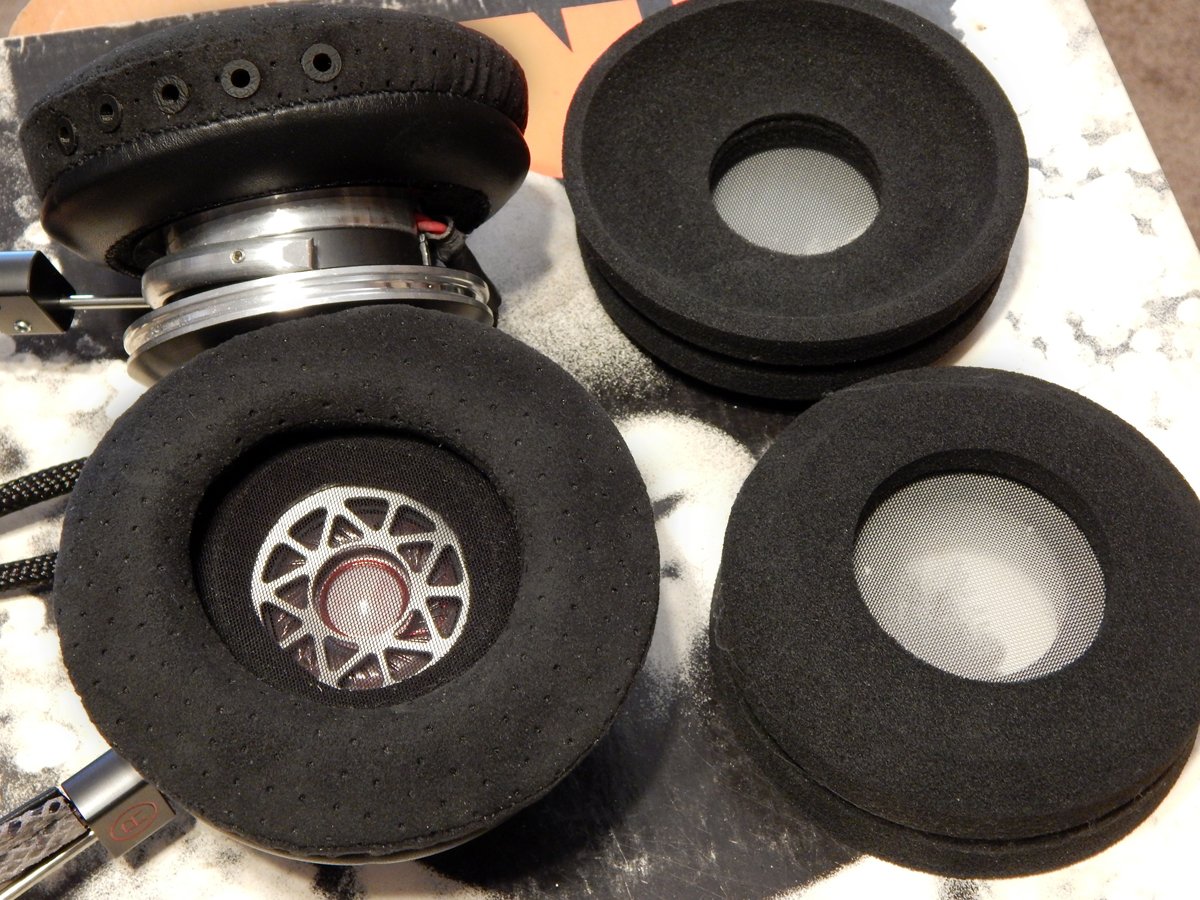
Living with Dekoni Spirit Torino Earpads:
As noted earlier, I have been running the Dekoni Spirit Torino Earpads for several months now, which is an endorsement all in itself, but my initial impressions were, significantly better comfort (the texture of the suede-like Alcantara is simply preferable to bare foam rubber), aesthetics that were finally in keeping with the performance, construction, and price of the headphone, and a major improvement in the three-dimensionality of the soundstage.
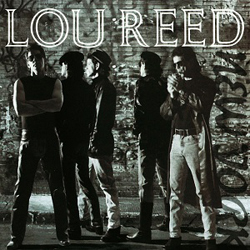
For my critical listening session, I fired up my iFi Pro iDSD in tube mode and selected the remastered reissue of Lou Reed’s “New York (Deluxe Edition)” (24-bit/96kHz) which offers live performances of all the songs. After listening for a few minutes I took up Spirit Torino’s recommendation for a “current-driven” amplifier and broke out my old Questyle CMA 800Rs (in dual-mono balanced – requires two amps bridged) and it was front row in a large theater, the dynamics were epic and the bass tight and controlled. Each venue had a subtly different sound, exemplified by “Busload of Faith” which was clearly a larger theater than most of the other tracks. The bass deep and resonant, the drums rich and impactful, the electric guitars growly and crisp, the vocal intimate. Most striking was the clarity, which was exceptional for even a midrange weighted dynamic headphone.
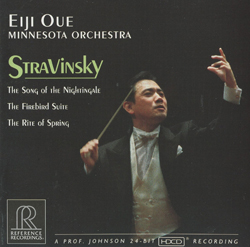
Moving on to my regular test tracks, I decided since this is a revisit and comparison, it would be apropos to sample the same tracks used in the original review, so beginning with Eiji Oue and the Minnesota Orchestra’s performance of Stravinsky’s “The Firebird Suite” (“Stravinsky” – DSD), the soundstage was vast with excellent depth of field and a meaty richness that lent incredible power to the crescendos. The dynamics and impact were palpable lending an airy sense of space to the performance. The horns were forceful without being harsh or brassy, overall the bottom end was greatly improved over my original experience.
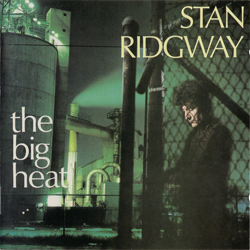
Stan Ridgway’s “Camouflage” (“The Big Heat” – 16/44.1 kHz) is a song I don’t often use in my reviews even though it is part of my regular test list, simply because few headphones capture the depth and excitement trapped inside this mid-’80s stark pop classic. Probably one of the few compositions to employ two different snare drums, the primary snare exhibited snap, texture, and decay filling up the soundscape. It became clear just how many overdubs must have been required to make this recording as the multiple banjos, guitars, and keyboard layers were revealed in all their splendor against a background of tight solid bass in a huge soundstage, Stan’s voice intimate and compelling while the choral in the background gave the sense of a full platoon on parade.

“Can-utility And The Coastliners” (Genesis – “Foxtrot” – DSD) is my go-to track for gauging subsonic bass and the Dekoni earpads did indeed let the Twin Pulse dig a little deeper into the red while maintaining that spacious ethereal presence dredged up by the multitude of guitars and percussion backed up by Mellotron, organ, and flute and punctuated by Rutherford’s bass pedal enhanced growling bass guitar. While, as before, Peter Gabriel was transported into the room with his intimate and commanding vocal.
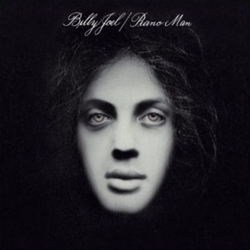
Piano, being my instrument, is the one thing that tells me the most about the subtlety of timbre and dynamics and no track better represents this than “Piano Man” by the original piano man himself Billy Joel (“Piano Man” – DSD). The piano exhibited a rich warm Baldwinesk burr immersed in a halo of acoustic guitar, banjo, accordion, harmonica, violin, and percussion with a solid underpinning of bass guitar.
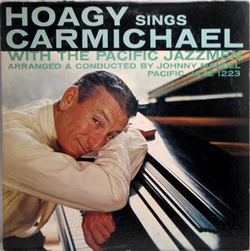
Listening to Hoagy Carmichael sing “Lazy River” (“Hoagy Sings Carmichael” – 16/44.1 kHz) I was reminded of why I decided to make the Twin Pulse my reference dynamic headphone in the first place. Again it was stage edge in a ‘50s Hollywood night club, Hoagy tinkling at the piano while the brass and woodwinds took center stage, punctuated by realistic percussion and resonant upright bass along with Hoagy’s luscious baritone.
Conclusions on the Dekoni Spirit Torino Earpads:
Despite their not inconsiderable weight and excellent clamping force, the Spirit Torino Twin Pulse Isobaric Open Circumaural Headphone always felt loose on your head with the original foam earpads, but it was something I was willing to put up with for the amazing sound, especially since they were so distinctly different than any of my other headphones. The Dekoni Earpads changed all of that, securely enclosing your ears rather than loosely laying atop of them. While the foam earpads were designed as over-ear, they laid on your ear also not having the depth or structural integrity to not do so, and in this alone, the Dekonis are far superior, but the real payoff was the improvement to the sound quality. Maintaining that giant sound that was the Twin Pulse headphone and improving the timbre of instruments to a much more natural tonal balance, with stronger tighter bottom end was a tour de force in my playbook.
The luxurious feel and look of the Dekoni earpads not to mention the marked improvement in sound quality have really launched the Spirit Torino Twin Pulse (and lest we not forget, all of the other amazing Spirit Torino models) to the top of the heap of reference quality dynamic headphones, where they truly belong. A whole hearted recommendation!
Manufacturer’s website:
headamp.com/collections/spirit-torino
Price: $2,950 USD (For headphone with the Dekoni earpads)
| MODEL | TWIN PULSE |
| TECHNOLOGY | Twin Pulse isobaric System |
| DRIVE | 2x drives Spirit |
| CABLE LENGTH | 2.2 m fixed welded to silver |
| MAX. POWER HANDLING | 4,000 mW |
| IMPEDANCE | 64 ohm |
| HEADPHONE TYPE | Open circumaural |
| FREQUENCY RESPONSE | 24-28,000 hz calibrated on isophonic curves |
| WEIGTH (without cable) | 540 g |
| TEMPERATURE RANGE | 0 ° C to 50 ° C |
| PAD | Leather / Alcantara + Ventilation Pad System |















Want to join discussion?
Feel free to contribute!